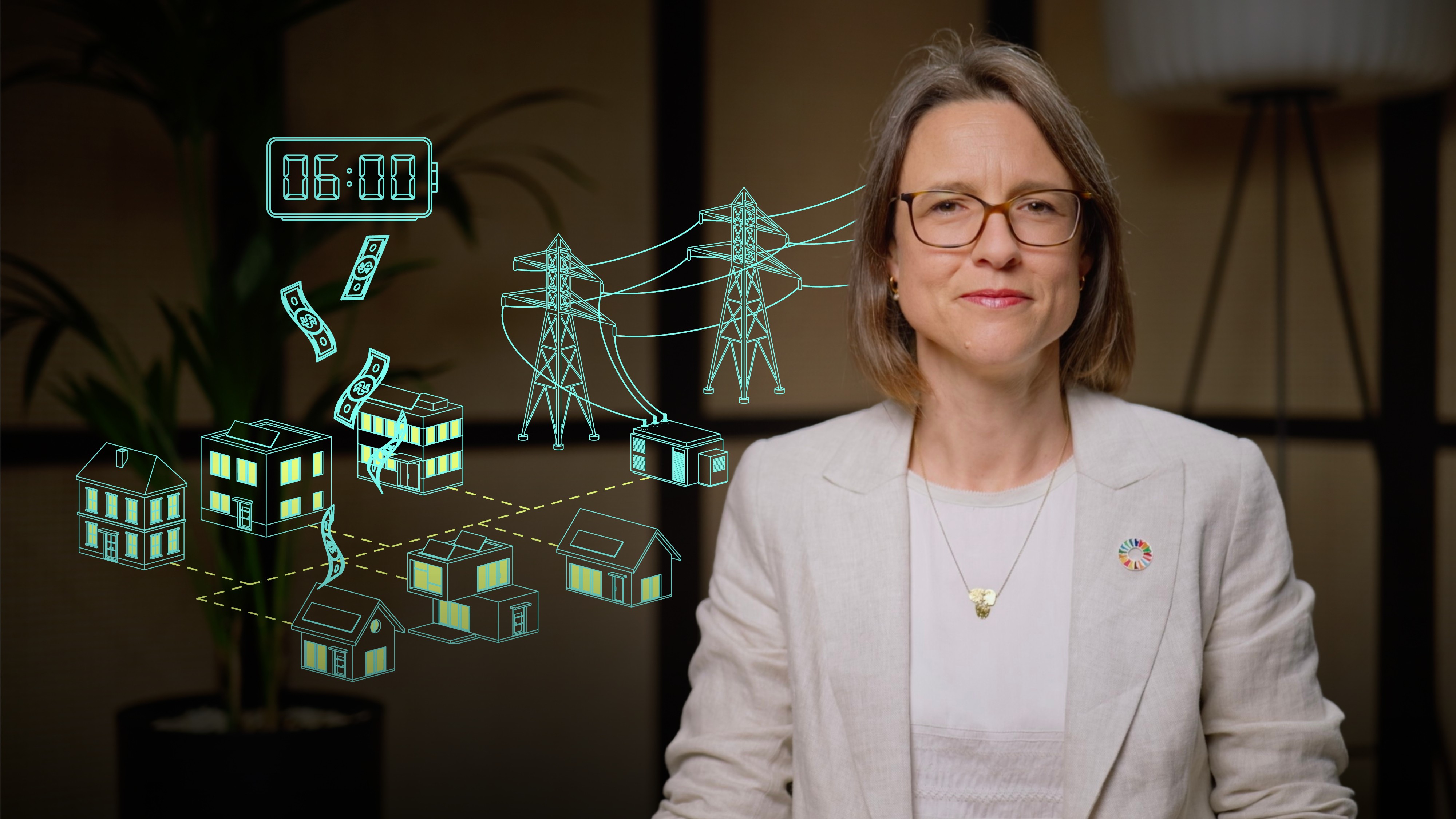
Implementing Demand-Side Energy Solutions

Michelle Horsfield
25 years: Sustainable Finance
In this video, Michelle explains how we can tackle the energy transition challenge by changing the way we use energy. In doing so, she will cover how this can contribute to energy security and also reduce emissions.
In this video, Michelle explains how we can tackle the energy transition challenge by changing the way we use energy. In doing so, she will cover how this can contribute to energy security and also reduce emissions.
Subscribe to watch
Access this and all of the content on our platform by signing up for a 7-day free trial.

Implementing Demand-Side Energy Solutions
15 mins 46 secs
Key learning objectives:
Understand how we can improve domestic energy efficiency
Understand how we can improve industrial energy efficiency
Understand what is demand-side management (DSM) and how we can change ‘when’ we use energy
Overview:
Regarding the energy transition, there has been a lot more focus on changing our energy supply and sources of energy in order to achieve all of our net zero targets and achieve emissions reductions. But this alone is not enough and we need a lot more to be done from the demand-side (or energy use). This can be done through improved energy efficiency and demand-side management.
Subscribe to watch
Access this and all of the content on our platform by signing up for a 7-day free trial.
- How we can use energy more efficiently
- Choosing when to use it
- Engineers generate a list of ideas
- Run through ideas with the operators who run the plant
- Operators suggest improvements and execution tips
- Get process started on simple and feasible ideas and get support from management and write up the other ideas as actions, with an owner to make sure they were put into people’s schedules, or business plans
- Bigger ideas were looked at by a small project team that worked through planning them into longer term business plans over several years. Often these bigger jobs require capital, but it’s worth running the numbers to see what the payback on these are
- Governments have got out of the job of running electricity grids - Competitive electricity wholesale market
- Increased renewable energy generation resulting in a greater mismatch between supply and demand so prices can be pretty volatile
- Information technology enables ‘smart grids’ where we have the feedback tools to make informed decisions
- Stagger the break schedule of employees to spread out the start-up times of machines
- Turn off machines that are non-crucial or when the industrial site is nearing the max power level
- Do test runs outside of main production hours
- During summer, decrease power demand of other machines to mitigate the higher demand required by the cooling installations.
Subscribe to watch
Access this and all of the content on our platform by signing up for a 7-day free trial.

Michelle Horsfield
There are no available Videos from "Michelle Horsfield"





























